To expose "predatory magazines", Professor Daniel Baldassarre at the State University of New York (USA) carried out a bold but extremely effective "prank".
In the context of increasingly developing scientific research, "predatory journals" have emerged as a painful problem. These journals do not aim to serve science but mainly to exploit financial benefits from researchers, especially those who are new to the academic path. To expose this problem, Professor Daniel Baldassarre at the State University of New York (USA) carried out a bold but extremely effective "prank".
Exposing the truth behind "predatory journals" in academia
On April 1, 2020, the "Scientific Journal of Research and Reviews" unexpectedly published an article titled "What's the Deal with Birds?". The article contained random, even absurd observations such as: "Birds are pretty weird. I mean, they have feathers. What the hell? Most other animals don't have feathers." Professor Daniel Baldassarre also presented a chart ranking bird species based on completely unfounded criteria such as "strange beak" to "looks like fish." The article had no quantitative data, no research methodology, and was clearly a work of satire.

To expose "predatory magazines", Professor Daniel Baldassarre at the State University of New York (USA) carried out a bold but extremely effective "prank". IG.
Although the article’s content was completely substandard, the journal still accepted it for publication without any peer review process. Initially, the journal even asked Professor Daniel Baldassarre to pay a fee of 1,700 USD (about 43 million VND). However, after negotiation, he was exempted because the journal expected him to cooperate long-term and pay for subsequent articles. Through this, Professor Baldassarre exposed the easy operation of predatory journals, which are willing to publish any article as long as there is money.
Subtle trick exposes academic problems
Predatory journals operate by sending out emails inviting researchers to submit papers, promising speedy review but demanding high publication fees. Most of the papers are not subjected to a rigorous peer-review process. Many articles containing false or nonsensical information are published, causing huge financial losses and undermining the reputation of science.
The article “What’s Wrong with the Birds?” is not just a joke, but a serious warning. According to statistics from Google Scholar, the article has been cited nine times, including in the “Journal of Dairy Science”. This phenomenon raises questions about the quality of studies based on unreliable articles.
Actions like that of Professor Daniel Baldassarre have inspired many other researchers to continue to expose predatory journals. In 2021, two researchers, Martin Stervander and Danny Haelewaters, published a satirical article titled "The 'fishy' nature of fish-like birds is linked to a lack of poisonous mushrooms but not pizza" in a predatory journal. In 2023, Professor Teresa Schultz at the University of Nevada continued to criticize the "Scientific Journal of Research & Reviews" with an article analyzing the shortcomings in the review and publication process.
The problem of predatory journals not only directly affects academia, but also erodes public confidence in the value of scientific research. To prevent this problem, researchers need to be careful in choosing where to publish and be vigilant against suspicious solicitations. The academic community also needs to strengthen strict peer review standards to ensure the quality and value of each scientific work.
Source: https://danviet.vn/vach-tran-su-that-dang-sau-tap-chi-san-moi-cua-cac-tien-si-giay-202412242317074.htm







![[Photo] Closing of the 1st Congress of Party Delegates of Central Party Agencies](https://vphoto.vietnam.vn/thumb/1200x675/vietnam/resource/IMAGE/2025/9/24/b419f67738854f85bad6dbefa40f3040)




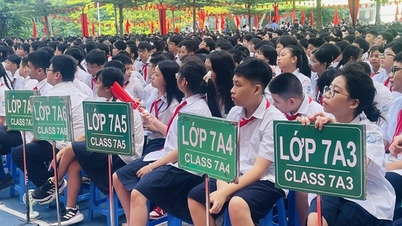

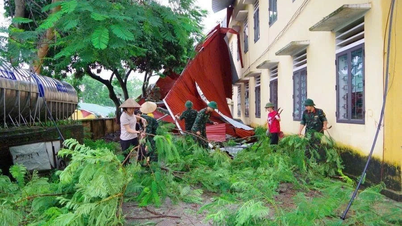




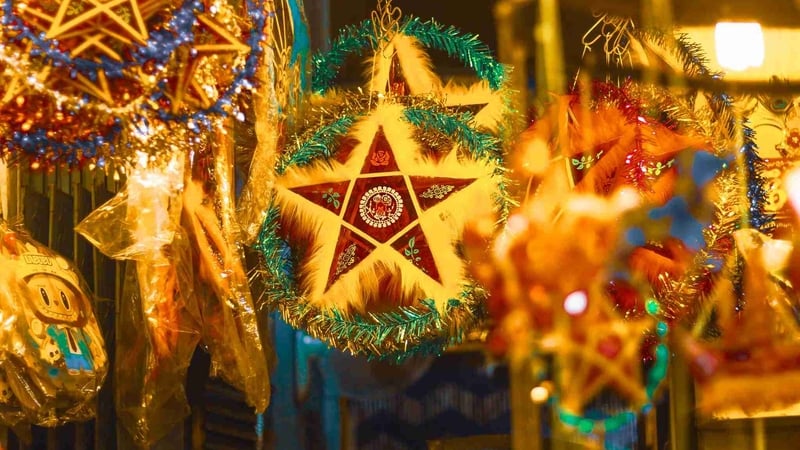
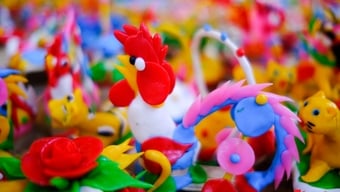







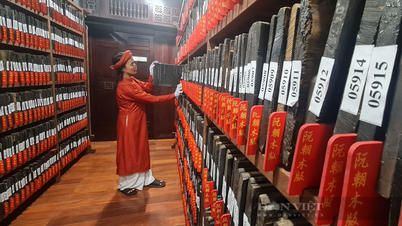
![[Photo] Editor-in-Chief of Nhan Dan Newspaper Le Quoc Minh received the working delegation of Pasaxon Newspaper](https://vphoto.vietnam.vn/thumb/1200x675/vietnam/resource/IMAGE/2025/9/23/da79369d8d2849318c3fe8e792f4ce16)
































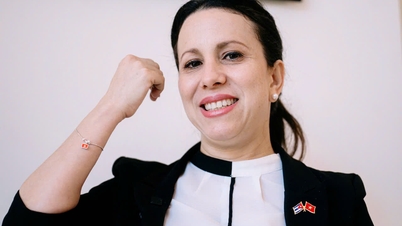


![[Photo] Solemn opening of the 1st Congress of Party Delegates of Central Party Agencies](https://vphoto.vietnam.vn/thumb/402x226/vietnam/resource/IMAGE/2025/9/24/82a89e250d4d43cbb6fcb312f21c5dd4)








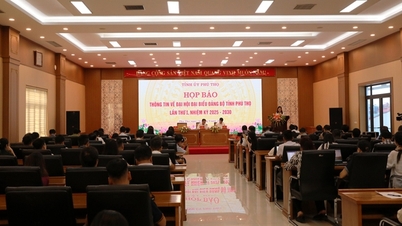


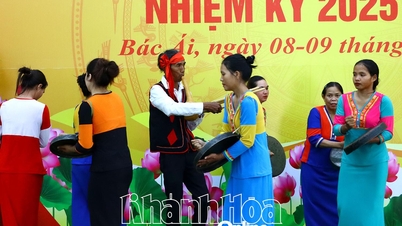






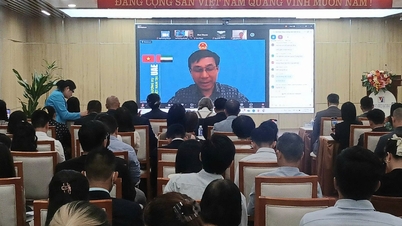




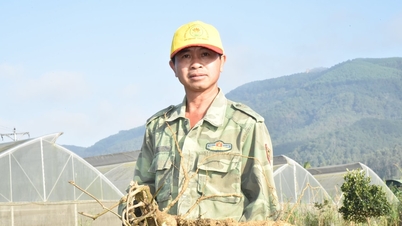








Comment (0)